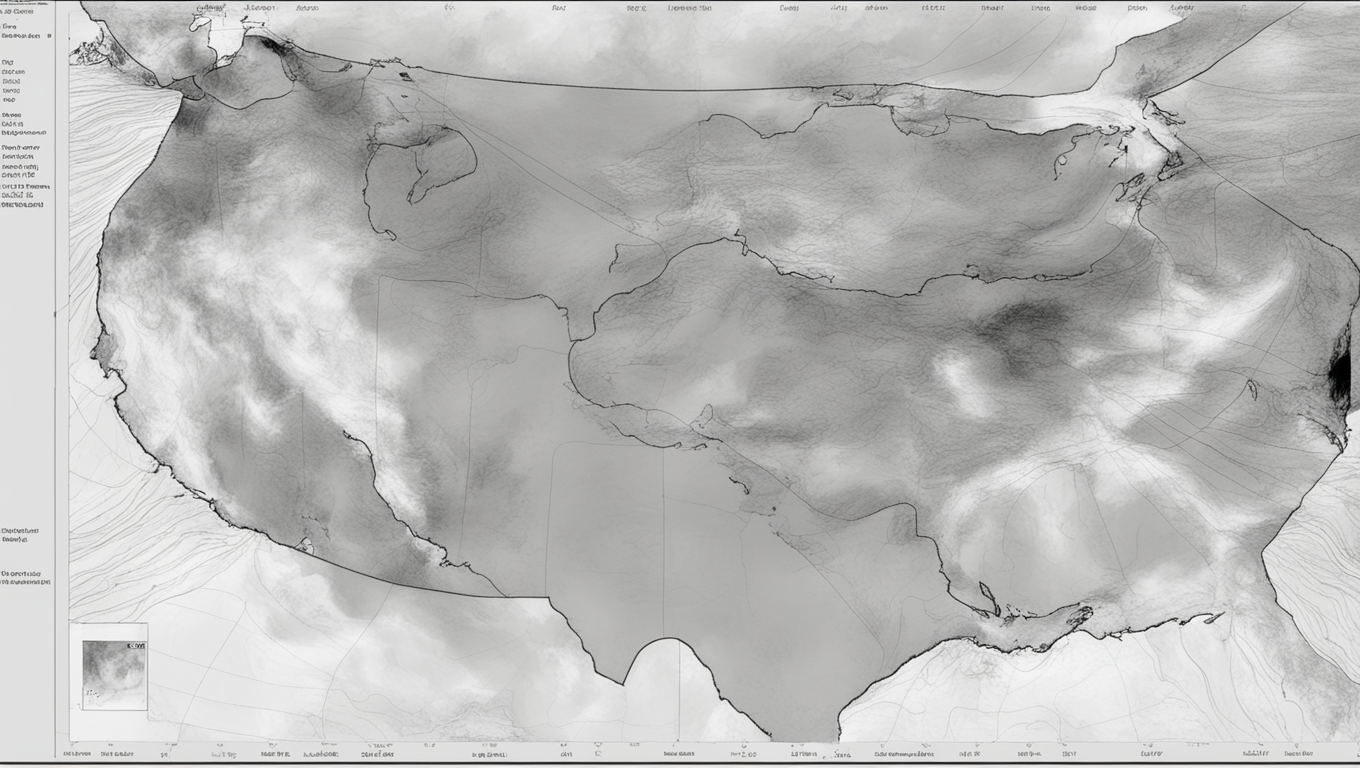At the recent COP28 conference, NASA and IBM made an exciting announcement that could revolutionize weather predictions and tackle climate change. They revealed a powerful new Artificial Intelligence (AI) tool called watsonx.ai, which will be available on the open-source AI platform Hugging Space. This tool will enable users to monitor the Earth from space, measuring environmental changes that have already occurred and making predictions about the future.
Watsonx.ai utilizes the vast amount of data collected by NASA and harnesses IBM’s AI technology to help scientists estimate the past and future extent of wildfires, floods, and urban heat maps. This information will be crucial in understanding and combatting climate change. The ability to predict weather patterns is vital in addressing climate change, and over the years, weather forecasting has significantly improved. Today’s six-day forecast is as accurate as a five-day forecast from a decade ago. Hurricane tracks can now be predicted with more accuracy three days in advance compared to only 24 hours in advance 40 years ago.
The progress in weather forecasting can be attributed to advancements in atmosphere and ocean technology, as well as the increased computing power available. Weather models today rely on massive computing simulations that run on interpreted data. However, two significant challenges remain in weather prediction. First, accessing the necessary data is often difficult. Second, analyzing the data is becoming increasingly challenging. NASA estimates that by 2024, scientists will have to handle a staggering 250,000 terabytes of climate data sets. These datasets are enormous and require significant time to collect, analyze, and utilize for informed decisions.
Fortunately, advancements in technology, particularly the use of AI, are making it easier to interpret and analyze these vast datasets. The European Center for Medium-Range Weather Forecasting has already started using AI emulators, known as deep-learning models, to generate forecasts based on historical weather patterns. These emulators can generate a forecast in minutes by inferring the laws of physics from the data, bypassing the lengthy computation time required by traditional systems.
Building upon these innovations, NASA and IBM have developed watsonx.ai. Similar to Microsoft’s Bing or OpenAI’s ChatGPT, this AI tool is built on a foundation model trained on a broad set of uncategorized data. In the case of watsonx.ai, NASA provides satellite images as datasets, and IBM has created the foundation model to interpret them. Scientists trained the model to comprehend visual sequences by filling in blank areas in each image and asking the model to piece them back together. Through this process, the model became adept at understanding how the photos are connected and could be adjusted to perform specific tasks like segmenting and categorizing photos.
In beta tests conducted over the past year, watsonx.ai has demonstrated a 15 percent improvement in mapping flood and burn scars over the United States, using half the labeled data of existing techniques. The model is designed to be user-friendly, requiring only the selection of a location and a date to highlight changes in floodwater, reforestation efforts, and other relevant factors. The impact of this approach is promising. According to IBM, it could minimize the amount of data cleaning and labeling needed to train a deep-learning model and speed up geographical analysis by a factor of three to four.
The potential applications of this technology are vast. The information generated by watsonx.ai can be used to mitigate the effects of flooding, aid in disaster response, develop infrastructure, and protect the environment. The future integration of generative AI in weather forecasting could result in greater accuracy in anticipating hurricanes, droughts, and other catastrophic weather occurrences. This will help us understand how environmental changes, such as melting ice in the poles, will impact our daily lives. The technology could also benefit businesses by assisting disaster response teams in preparing for fires or helping supply chain logistics companies better understand macro weather patterns. The possibilities are endless.
AI is already playing a significant role in climate change strategies. According to a survey by the Boston Consulting Group (BCG), 87 percent of private and public sector CEOs believe that AI is an essential tool in the fight against climate change. In the transportation industry, AI-enabled vehicles have the potential to minimize energy use by mapping the most efficient routes. In agriculture, AI technology can optimize crop irrigation, reducing water wastage and leading to more productive harvests. For example, AI-equipped peanut farmers in India have seen a 30 percent increase in yield. AI can also be used to assess emissions at both macro and micro levels, cut greenhouse gas emissions, and remove existing emissions from the environment. BCG estimates that AI could help reduce an organization’s carbon footprint by 5 to 10 percent.
The future of weather prediction and climate change mitigation looks promising with the integration of AI technology like watsonx.ai. By leveraging vast amounts of data and powerful AI algorithms, we can gain a deeper understanding of our planet and make informed decisions to protect it. As Juan Bernabe-Moreno, Director of IBM research for Ireland and the UK, stated, “There are many ideas about what you can do – the use of the application is really up to the people.” By making watsonx.ai open-source, the potential for innovation and positive impact is multiplied as it is put in the hands of the community.
In conclusion, watsonx.ai is an exciting development in AI technology that can revolutionize weather predictions and address climate change. With its ability to analyze massive amounts of data and generate accurate forecasts, the tool has the potential to make a significant impact in mitigating the effects of natural disasters and safeguarding the environment. AI technology, like watsonx.ai, holds the key to a more sustainable future.





Use the share button below if you liked it.